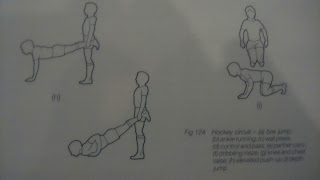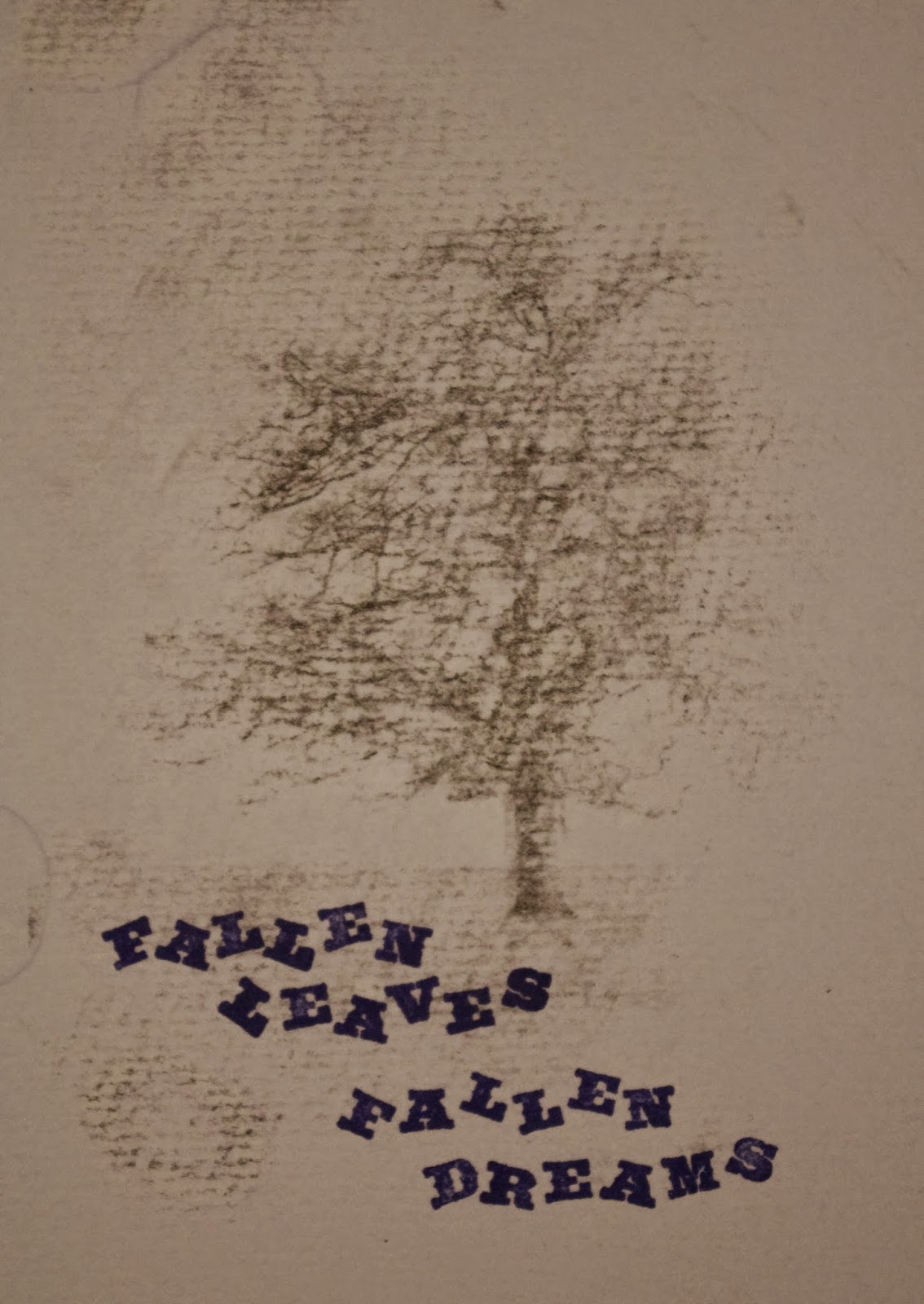The library was discarding books from the sports section and I'd found myself with four about hockey, including a 1962 copy of Hockey for Women and The Official Manual of The Hockey Association from 1966. I really just took them for general interest but after discovering a few photos that particularly tickled me I thought I would share. This post also ties in nicely with the Euro Hockey Championships currently being played in London and my own club's centenary coming up next year. Apologies in advance for the poor photos - I will try and retake them at some point.
When I first started playing club hockey I played plenty of games on grass and my club owned a set of the 'cricket' style goalie pads. Strangely enough these didn't encourage me to be a goalie and I stuck to doing what I did best - running extremely quickly up and down the wings, trying not to get caught off side. For me this worked until I discovered alcohol and hangovers - at which point I had to develop a little bit more skill to compensate.
Nowadays defensive players wear more protective gear than some goalies would have worn 40 years ago with full face masks and knee pads common in the professional game during short corners. Goalie kit is almost unrecognisable and most leagues insist on shinguards as a minimum for outfield players. Many will chose to play with protective gloves and mouth guards and those who don't do so at their own risk.
Goalie gear of old and below, a modern kit below
(Picture from http://www.isport.com/images/)
This isn't to say we've all become soft. Composite sticks and lightening quick playing surfaces mean that hockey has become wickedly fast. In addition rules have been changed to speed up the game - offside disappeared years ago, players can now self pass from a free pass and set plays, such as long corners have been altered to open up the game. And that's before you take into account the levels of fitness achieved by today's athletes, surely very different from the line up of 60 years ago when women often played in long skirts and garters were recommended to keep up stockings.
The elusive roll on - a move I'd only been told about.
Roll outs aside some training routines haven't changed much and I found a few familiar diagrams in Melvyn Hinckey's 'Hockey for Women.' However some fitness ideas from the books were a little more, um, intimate. Given my old club's ability to break into fits of giggles during training I'd like to see them attempt the wheelbarrow manoeuvre on the bottom without creating mass hysteria!





































